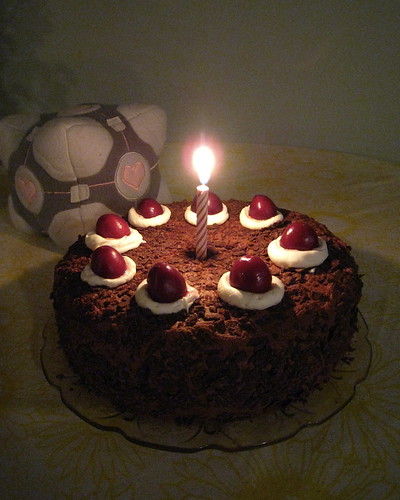Information Architecture (IA--not to be confused with AI) is about defining the arrangement of information in user interfaces, to enable users to find and navigate between content easily. Is that a dense enough definition for you? How about this: I sometimes like to describe myself as a high-tech librarian, only I don't just put the books away on shelves: I design the Dewey Decimal System, and the shelves, and the layout of the shelves, all from scratch with every new product I work on.Many other folks have attempted to describe IA; here are a couple of my favorites:
 |
| What Is IA (credit: Murray Thompson, http://www.flickr.com/photos/murdocke/4299568381/) |
| A Dinosaur Family Explains Information Architecture (credit: Nate Bolt and Kate Nartker, http://www.flickr.com/photos/boltron/4329185089/in/pool-1326826@N23/) |
 |
| The Elements of User Experience (credit: Jesse James Garrett - http://www.jjg.net/elements/pdf/elements.pdf) |
Broadly, a complete IA consists of:
- Taxonomy – the nouns and verbs that users will interact with in the UI
- Grouping – how the nouns and verbs are grouped in relationship to each other
- Navigation – how the user gets from one particular noun or verb to another
- Framework – the boxes (and objects in the boxes) that comprise the GUI
As you might have learned from one of my sources, Information Architecture is not a visual or interactive specification. Visual specifications include brand logos, color themes and RGB values, typography, control spacing, and pixel-specific layout details. Interactive specifications include how animations engage the user and direct focus, as well as how different elements of the UI transition between each other. These documents are important for any well-designed interface, and they often depend on the IA, but they are separate designs, sometimes built by entirely separate designers.
In some cases, these visual and interactive specifications can impact the effectiveness of the IA. For example, color, spacing, and animation can all be used to create or remove emphasis from certain pieces of information, or direct user attention. For this reason, the Information Architect must always work successfully in tandem with the Visual and Interaction designer or designers.
In some cases, these visual and interactive specifications can impact the effectiveness of the IA. For example, color, spacing, and animation can all be used to create or remove emphasis from certain pieces of information, or direct user attention. For this reason, the Information Architect must always work successfully in tandem with the Visual and Interaction designer or designers.






